How to Choose Shoes According to Your Foot Shape
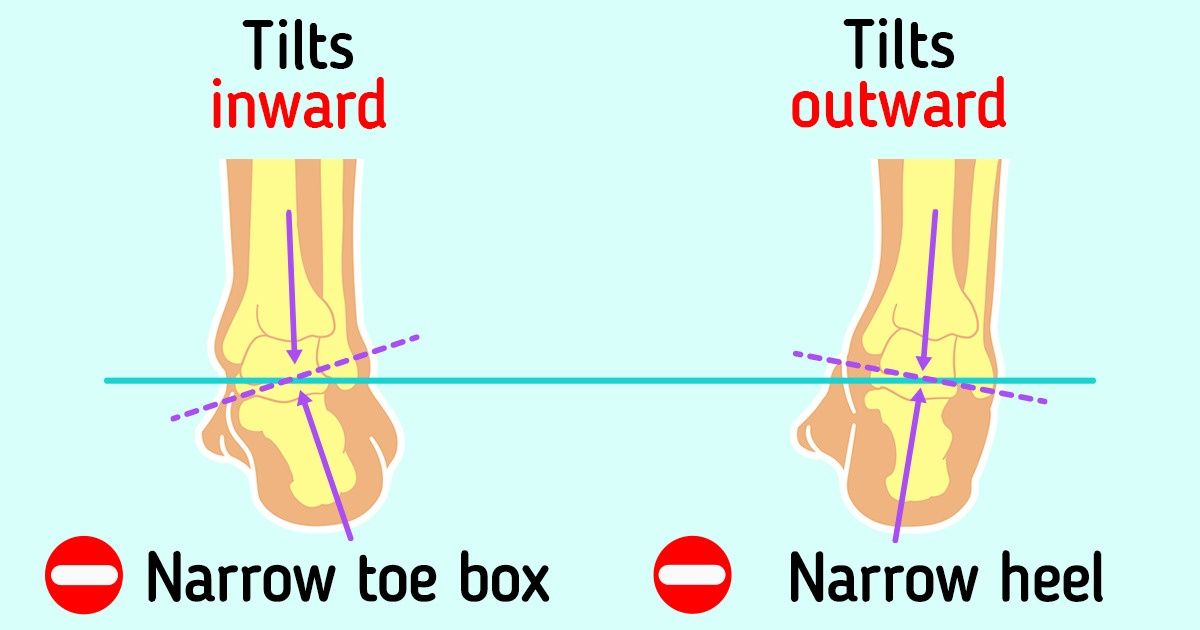
Most often, we choose shoes by the way they look. When it comes to training shoes or boots for everyday wear, we try to choose a pair in which our feet feel most comfortable during the fitting. But why is it that cheap sneakers bought by chance can be safely worn all day without being taken off, while expensive designer shoes make your feet hurt and swell after just an hour of wearing them?
5-Minute Crafts would like to tell you about how to choose a comfortable pair of shoes for any budget, taking into account the shape of your feet.
Foot shapes or types
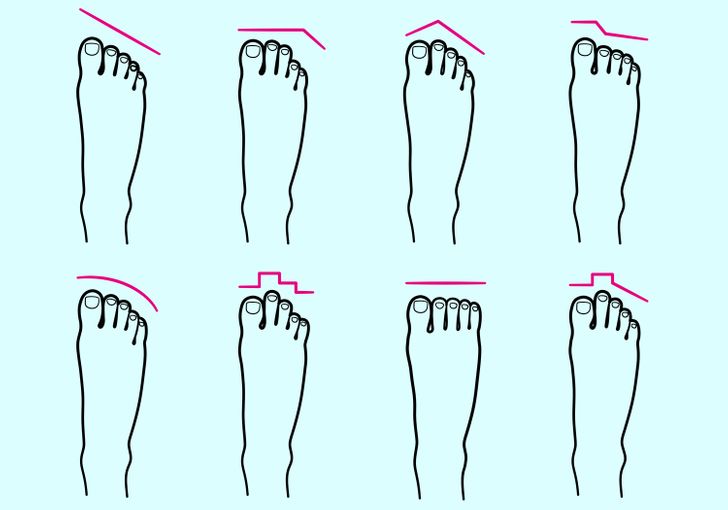
The foot shape is a very individual thing. And it’s absolutely normal that your left foot is different than your right foot. Contrary to popular belief, the length of the toes and the foot shape don’t say anything about your character or your ancestors. But knowing your foot type can help you choose comfortable footwear.
For example, if you have a wide foot, you will always feel uncomfortable in shoes with a narrow toe box, and over time, your feet and toes will become deformed. So it’s better to choose a pair among the models for a wide foot.
Foot arch types
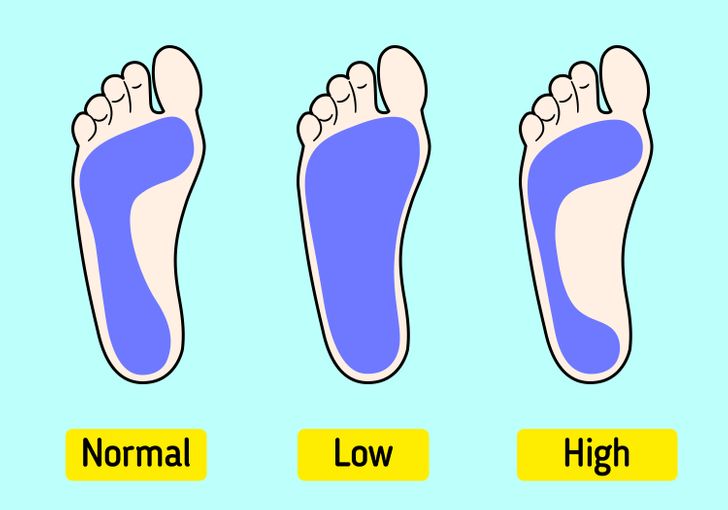
The arch helps your feet absorb impact and adapt to the surface you are walking or running on. You should pay particular attention to the longitudinal arch of the foot. Its height affects the way the foot touches the horizontal surface during walking or running.
There are 3 types of longitudinal arches in feet:
- A normal arch
- A low arch, where the foot becomes flat and when running, forcing the person to squeeze it
- A high arch, due to which the foot doesn’t have enough contact with the surface and is not able to absorb strong impact during running
Without knowing your arch type, you are more likely to buy uncomfortable shoes, regardless of price or quality. To determine your arch type, do a simple test:
- Take a basin and fill it with water and put a couple of sheets of paper or a napkin next to it.
- Take off your socks and put your feet into the basin. Then place each foot on a separate sheet of paper or the napkin.
- Remove your feet and look at the prints, then compare them with the picture above to determine your arch type.
If the arch of your foot is too high or too low, this creates additional stress for the muscles and joints. As a result, certain parts of the leg don’t work properly, which can lead to injury.
In addition, the natural movement of the foot, or pronation, is formed, depending on its anatomical structure. Pronation affects the way the foot softens the shock load and works with the bodyweight that presses on it.
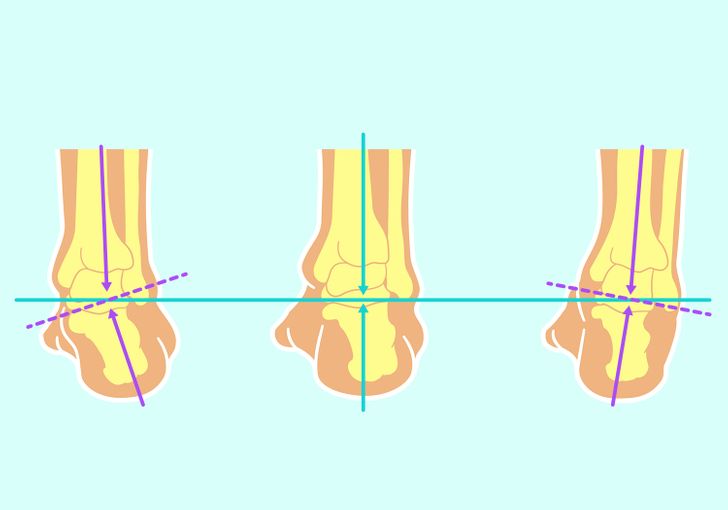
- A person with neutral pronation first lands their foot on the outside of the heel, then the middle and central part of the foot get to work, absorbing the load and distributing the body weight. This corresponds to the central foot in the picture above.
- A person with overpronation first lands their foot on the surface of the heel, after which they press excessively on the inner side of the foot, transferring the bodyweight to it instead of the ball of the foot. Therefore, most of the load falls on the big and second toes. Overpronators are people with flat feet or a low arch of the foot. You can see such a foot on the left in the picture above.
- With supination, a person lands their foot on the outer side of the heel at an angle, the foot doesn’t touch the horizontal surface correctly, and the lower leg has to absorb a large load while additional pressure is exerted on the smaller toes on the outside of the foot. The foot tilts to the side, as shown in the picture above to the right.
Wondering how to determine your type of pronation? Take any shoe that you’ve been wearing for a long time and look at the sole.
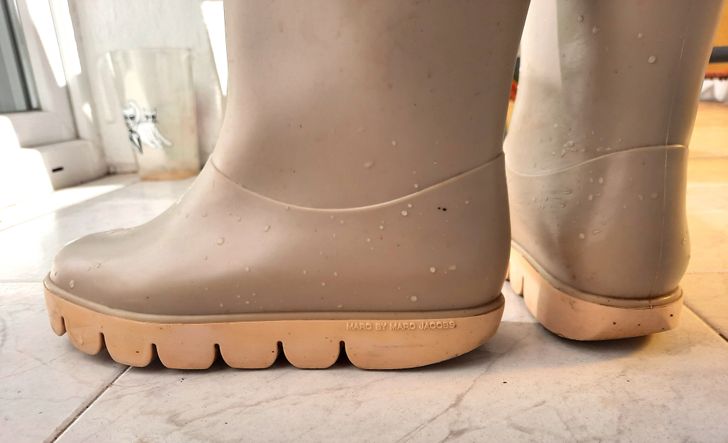
If you are an overpronator, the inner part of the sole will be more worn out. If you are a supinator, then the outer part of the shoe will be worn out, as shown in the photo above. People with neutral pronation wear out the back of the sole evenly.
What should you take into account when choosing shoes?
- For people with flat feet, it’s better to choose shoes with a spacious toe box where toes can move freely. Use insoles with good cushioning, arch support, and heel cups. These are special orthopedic inserts that help to correctly distribute the load on the foot and make you feel comfortable when wearing shoes.
- For people with high arches, it’s worth choosing shoes that provide extra support for the foot, arch, and heel. The soles of your shoes should be stiff, and the heels should be a little wider on the bottom to add stability.
A bunion, or hallux valgus
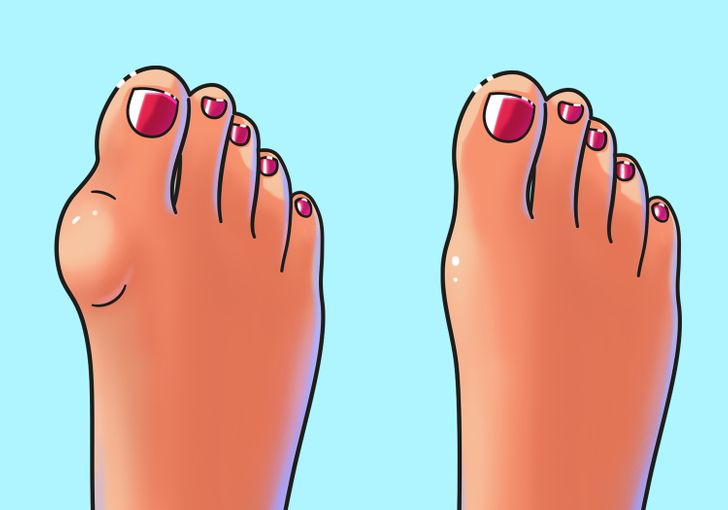
With hallux valgus, a noticeable protrusion appears at the base of the big toe. Anywhere from 23% to 35% of people have this condition, most often elderly women. And this is largely due to the design of women’s shoes.
To prevent the possible development of such a deformation, it’s not recommended to wear:
- High-heeled shoes or flats without any heel
- Shoes with a narrow toe box
- Shoes that are too small that squish your feet and toes
In other words, if you can’t imagine going to a party without high heels, you can choose a comfortable pair, but it’s better to wear them only on special occasions and for a short period of time, not on a regular basis.
Hammer toes
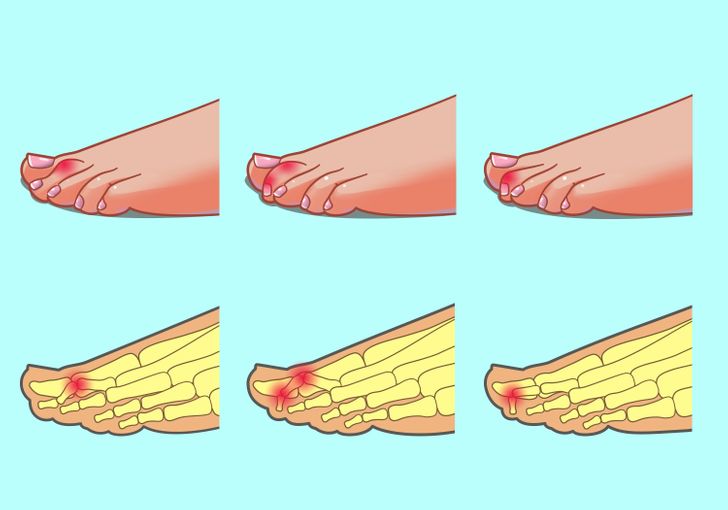
With age, the second, third, fourth, or fifth toe can become deformed. A deformed toe has a bent phalange, which is why it looks like a hammer, hence the name.
Studies show that this deformity is common in people with high arches and flat feet because, in both cases, the muscles of the leg and foot don’t work correctly.
If you notice this type of deformation on your foot, try to choose shoes that have enough space in the toe box so that your toes are not cramped or overlapping. Also, avoid shoes with a narrow and flat toe box.
Plantar fasciitis
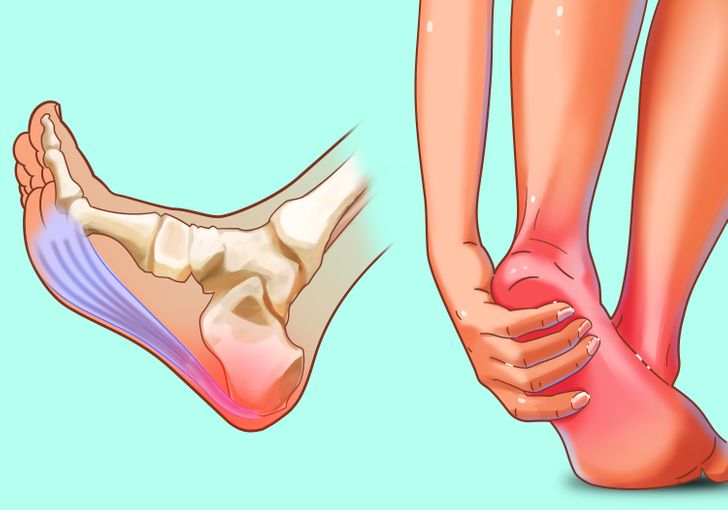
Some people develop plantar fasciitis with age. It’s usually characterized by pain in the heel that is especially severe during walking. People with a high or low arch of the foot are more prone to this.
If you have such a problem, you should choose special orthopedic shoes and avoid high heels and cheap slippers without special support for the foot, otherwise, the condition may get worse.
Bonus: the difference between men’s and women’s footwear
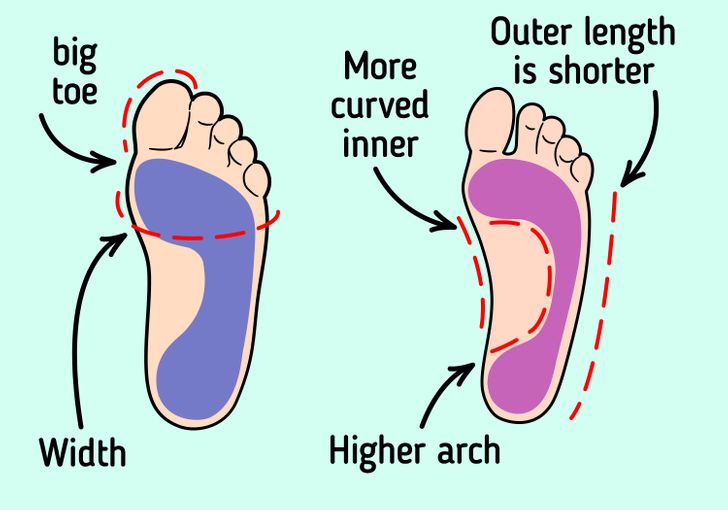
Until recently, women’s and men’s footwear, both for work and training, differed only in size. Nowadays, manufacturers take into account the peculiarities of the feet of the different genders when developing shoe designs. For example, the women’s foot is not so wide, with a more curved inner side, and the big toe is shallower. Also, women have a higher arch of the foot and, in general, the area of contact of the foot with the surface of the shoe is different.
It’s important to take this into account when choosing comfortable shoes, especially if they are part of a work uniform. Women’s work boots are narrower around the heel, have a slightly wider sole at the toe box, and boast strong ankle coverage (the shoes should repeat the shape and curves of the ankle).
Thus, if you choose shoes for regular wear, such as the kind you’ll work every day in, pay attention to the models created for your gender, or order custom-made shoes from a shoemaker.